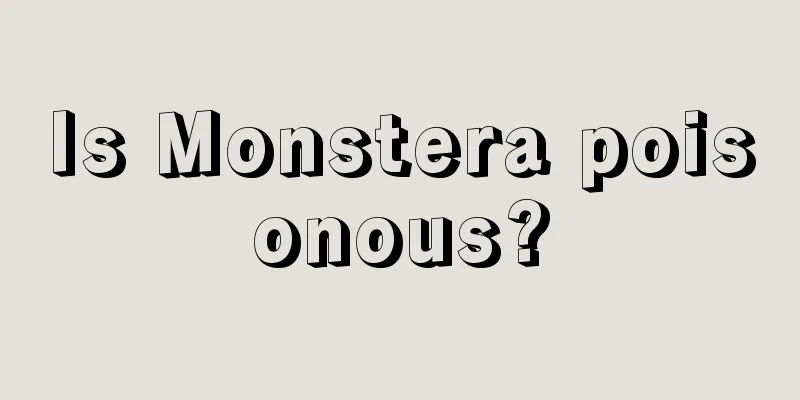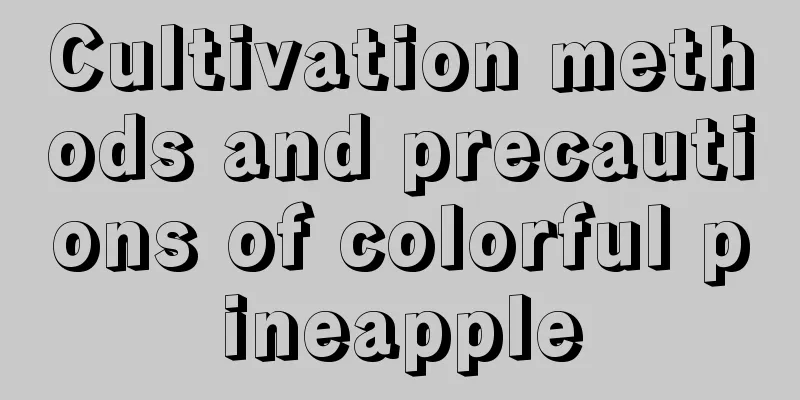Is Monstera poisonous?

1. ToxicIt is poisonous. Moreover, it is one of the poisonous plants included in a special database. Its poison is mainly found in its sap, mainly the liquid in the stems and leaves. In addition, its fruit is also somewhat poisonous. In addition, friends who have raised it should know that its leaves sometimes drip water droplets, which are also poisonous. However, overall its toxicity is not particularly strong, only mild. Therefore, as long as you pay more attention, there will be no risk. 2. Can be raised at homeIt can be kept at home. Because it does not volatilize toxic substances. Not only that, it can also absorb some harmful gases. Therefore, there is no problem in simply placing it indoors as an ornamental plant. 3. NotesAlthough it can be viewed indoors, safety issues still need to be addressed due to its toxicity. If there are children or small pets at home, it is best to place it out of their reach. When friends and relatives come to visit, be sure to inform them of its toxicity and take protective measures in advance. It is an ornamental plant in itself. As long as you pay more attention, it will not cause harm, so don't worry too much about its toxicity. |
>>: What is the flower language of osmanthus?
Recommend
How to water the butterfly flower
1. Watering amount and frequency Because the butt...
How to dry daylily
Preparation for drying Before introducing the met...
What is loam?
Loam is a common type of soil. The content of cla...
How many years does Podocarpus bear fruit?
Introduction to planting Podocarpus Podocarpus is...
How much water should be put in the lotus
1. How much water should be added 1. Small contai...
Which city's city flower is osmanthus? What is its flowering season?
1. Which city's city flower is this? Osmanthu...
The main value of four-orange flowers
Ornamental value The four-o'clock tree is a s...
Reasons for yellow leaves of roses
1. The sun is too strong 1. Reason: Rose prefers ...
If you grow flowers like this, there will be absolutely no mosquitoes at home
1Soil sterilization and disinfection to prevent m...
Best time to fertilize pear trees in winter
Pear trees are deep-rooted species with strong tr...
How to care for Monstera
1. Breeding soil When caring for Monstera, you sh...
When is the best time to transplant Sophora japonica trees? (Sophora japonica tree transplanting time and method)
The best place to transplant a Sophora japonica t...
Winter greenhouse loofah planting method
Loofah is a vegetable that many people like to ea...
Plant some bulbs in winter, and you’ll have flowers to enjoy during the Chinese New Year
Cyclamen Cyclamen, also known as rabbit ear flowe...
The correct way to water spider plants, what to do if you water them too much
1. The correct way to water 1. Watering frequency...









